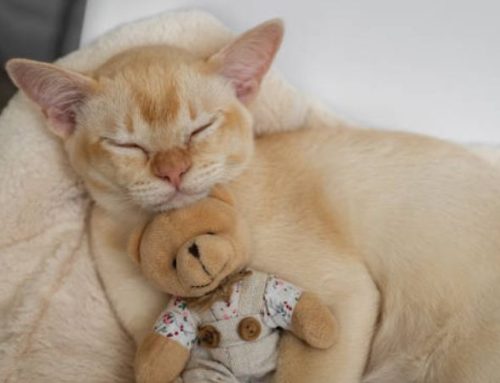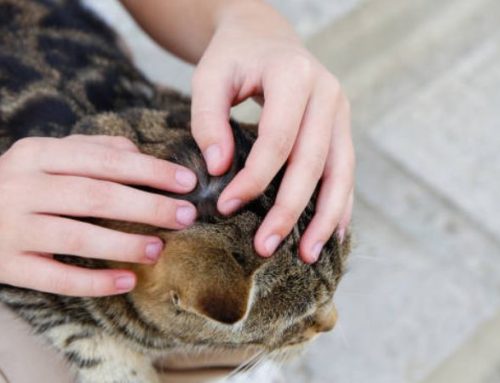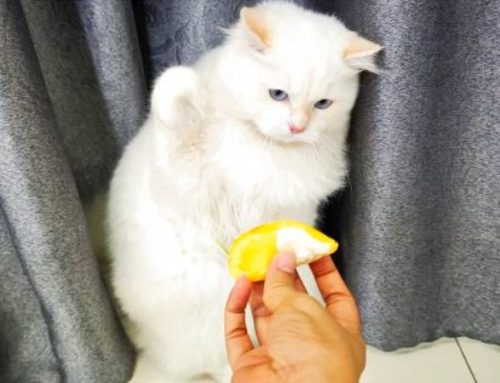Keeping track of your kitten’s bathroom habits is a simple yet important way to monitor their health. From newborns who rely on their mother to go, to weaning kittens adjusting to solid food, each stage has its own normal patterns.
This guide breaks down how often kittens typically poop, week by week, helping you recognize what’s healthy and when to seek veterinary advice. Understanding these patterns ensures your kitten stays happy, healthy, and developing properly.
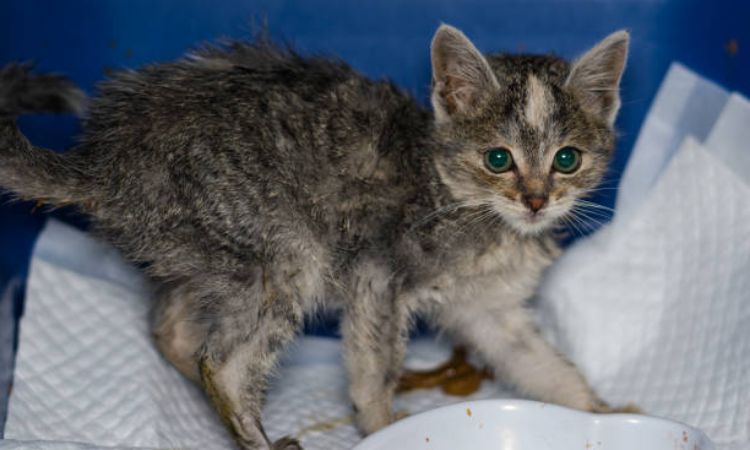
A Quick Guide to Healthy Kitten Poop
Before tracking how often your kitten poops, it’s important to know what healthy kitten stool should look like. Understanding the basics allows you to quickly assess your kitten’s digestive health and detect potential issues early.
1. Color: Healthy kitten poop is typically chocolate brown. While newborns may initially pass meconium—a dark, sticky substance—and then transition to a mustard yellow color when nursing, by the time they start eating solid food, a deep brown hue indicates normal digestion. Deviations from this color, such as green, black, red, or pale stools, can signal dietary issues, infections, or other health concerns.
2. Consistency: Normal kitten stools should be well-formed and log-like, not too hard or too soft. In newborns, stools are naturally softer due to a milk-based diet, but they should still hold their shape. During weaning and pediatric stages, stool consistency should resemble modeling clay: firm yet slightly moist, which indicates proper hydration and healthy intestinal function.
3. Smell: While all cat feces have some odor, healthy kitten poop should not be overly pungent. A strong or foul smell may indicate digestive upset, bacterial overgrowth, or other gastrointestinal problems.
The Week-by-Week Poop Schedule: From Newborn to 12 Weeks
Week 1–3: The Newborn Stage (Assisted Pooping)
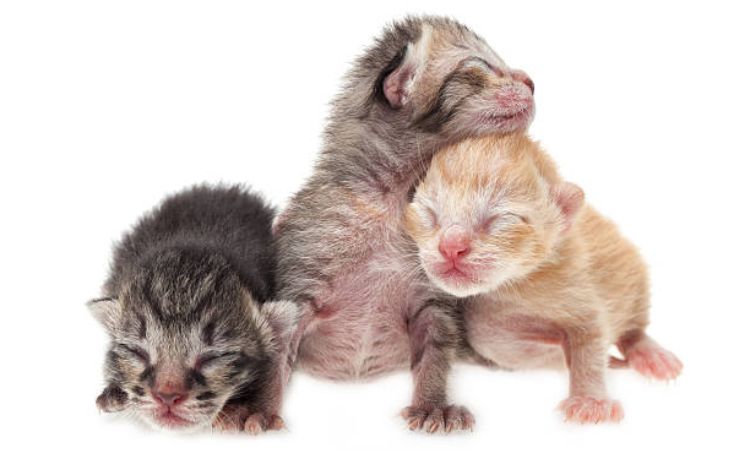
Newborn kittens are completely dependent on their mother or human caregiver for elimination. At this stage, their digestive and muscular systems are not developed enough to allow them to poop or pee on their own. After every feeding, a caregiver should gently stimulate the kitten’s lower belly and genital area using a warm, damp cloth or cotton ball.
This mimics the mother cat’s natural cleaning behavior and helps the kitten eliminate waste effectively. During these first weeks, you can expect the stool to appear as small, soft pellets. Monitoring these early stools is crucial, as any deviation in color or consistency can indicate digestive issues or health concerns.
Weeks 4–5: The Transition Stage
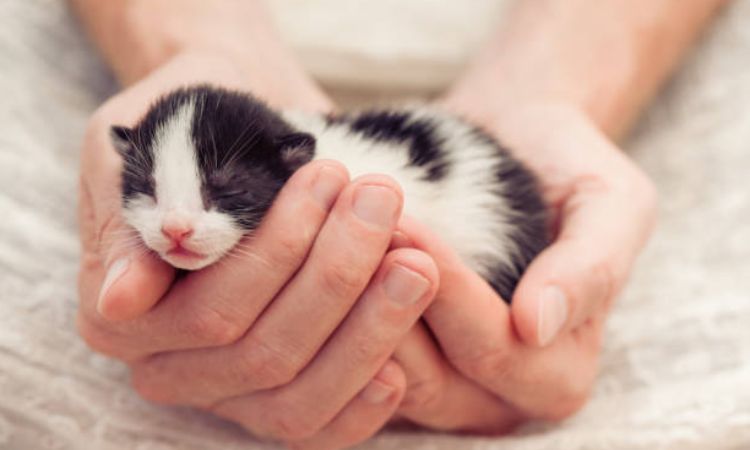
At around four weeks of age, kittens begin the gradual transition from exclusive formula or mother’s milk to soft solid foods. Many caregivers wonder, “how often do kittens poop at 4 weeks?” At this stage, kittens usually poop a few times per day as their digestive systems adjust to the new diet.
The stool may become slightly firmer and more formed, reflecting the introduction of solid food. Caregivers should continue observing the litter box, noting any changes in frequency, color, or consistency, which helps ensure that the kittens are adapting well to the dietary shift.
Week 6: The Independent Pooper
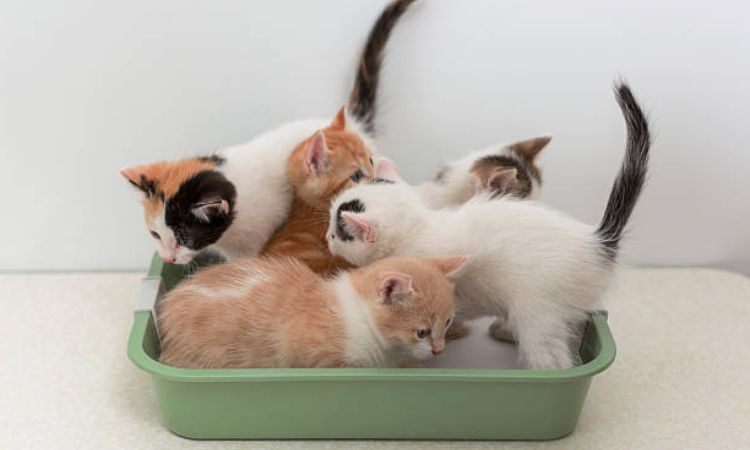
By six weeks old, kittens typically achieve full independence in using the litter box. Many owners ask, “how often do kittens poop at 6 weeks?” At this age, kittens usually poop once or twice a day, depending on their diet and activity level. The consistency of their stool is generally more solid and uniform compared to earlier weeks.
This is the stage where litter training solidifies, and kittens begin learning proper hygiene habits. Observing regularity now sets the foundation for predictable bathroom routines in the weeks ahead.
Week 8: Getting into a Routine
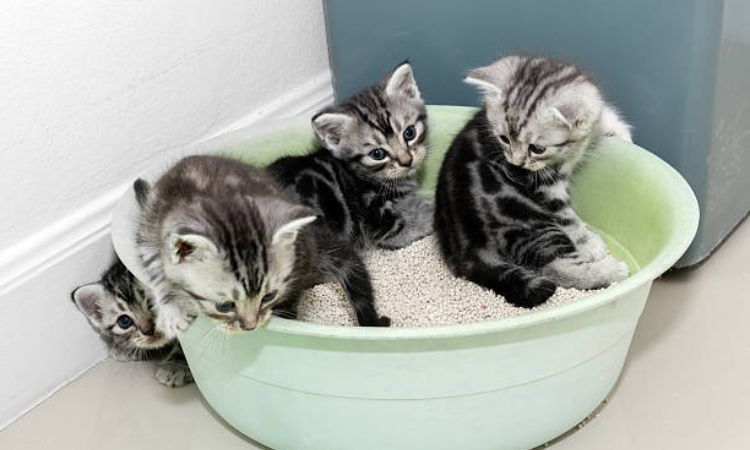
At eight weeks, kittens’ digestive systems and feeding habits are well established. Caregivers often ask, “how often do kittens poop at 8 weeks?” At this point, most kittens continue to poop once or twice a day, but their elimination schedule becomes more consistent and easier to predict. The volume and firmness of the stool reflect their increased food intake and growing digestive capacity. Establishing a routine for feeding and litter box maintenance during this stage supports long-term healthy habits.
Week 10: The Growing Stage
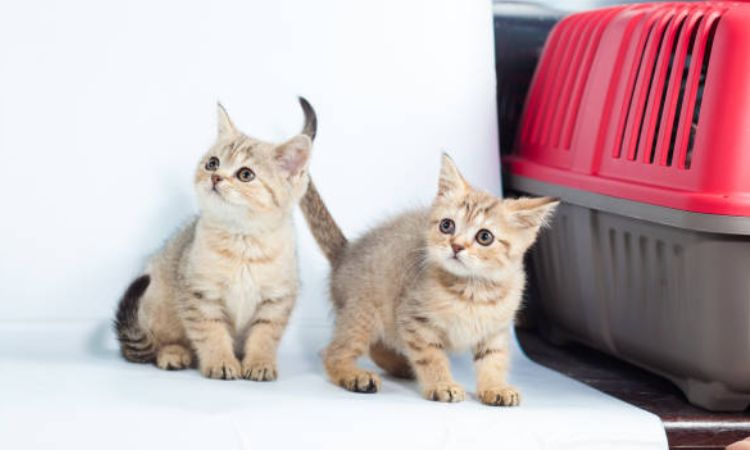
By ten weeks, kittens are steadily increasing their food intake as they continue to grow. The question “how often do kittens poop at 10 weeks?” is common among owners monitoring digestive health. Typically, kittens still poop once or twice daily, but the quantity of stool may increase due to larger meals.
Consistency should remain firm but not hard, and the color should stay in the healthy brown range. Maintaining regular monitoring at this stage is important, as it can help detect early signs of digestive upset, constipation, or dietary intolerance.
You may be interested in: What to Do If Your Cat Has Bloody Diarrhea: A Vet’s Guide
Week 12: Approaching Adulthood
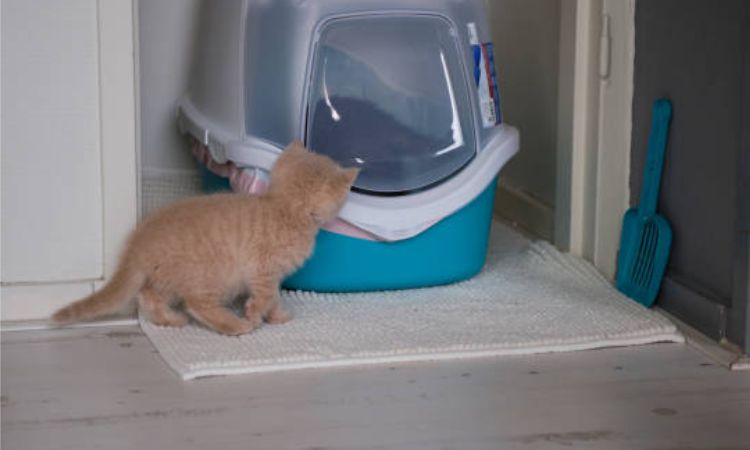
At twelve weeks, kittens’ digestive and elimination patterns resemble those of adult cats. Caregivers often ask, “how often do 12 week old kittens poop?” By now, most kittens have a well-established schedule, usually pooping once or twice per day, with firm, well-formed stools.
This stage bridges the kitten’s early weeks to adult habits, where their bowel movements become predictable and relatively easy to maintain. Continuing to monitor frequency, consistency, and color ensures the kittens remain healthy as they prepare for full independence.
When to Worry: Signs of Trouble
Monitoring your kitten or cat’s poop is one of the simplest ways to assess their overall health. While occasional changes in stool can be normal, certain signs indicate that medical attention is needed.
Signs of Constipation
- Straining in the litter box without producing anything: Your cat may sit for long periods, visibly pushing, but fail to pass stool.
- Hard, pellet-like stool: Small, dry, and firm pellets are a common sign of constipation.
- Lack of poop for more than 24–48 hours: Missing regular bowel movements can indicate blockage or severe digestive issues.
Signs of Diarrhea
- Watery, unformed stool: Loose or liquid stool that does not hold shape.
- Presence of blood or mucus: Red flags that suggest inflammation, infection, or intestinal irritation.
- Frequent, urgent trips to the litter box: Repeated attempts with little output may indicate gastrointestinal distress.
Other Red Flags
- Worms in the stool: Visible parasites can indicate an infestation requiring prompt treatment.
- Extreme foul odor: A sudden, very strong smell may suggest infection or digestive imbalance.
- Significant change in color:
- Black or tarry stools may signal bleeding in the upper digestive tract.
- White or pale stools often indicate liver or pancreatic issues.
Call to Action: If you notice any of these signs in your kitten or cat, contact your veterinarian immediately. Prompt attention can prevent complications and ensure your furry friend stays healthy.
Understanding your kitten’s pooping habits is a key part of being a good pet parent. Remember, consistency is more important than a rigid schedule. By keeping an eye on their frequency, color, and consistency, you can catch any potential health issues early. Enjoy this special time with your new furry friend, and remember that a healthy, happy kitten makes for a happy home.



